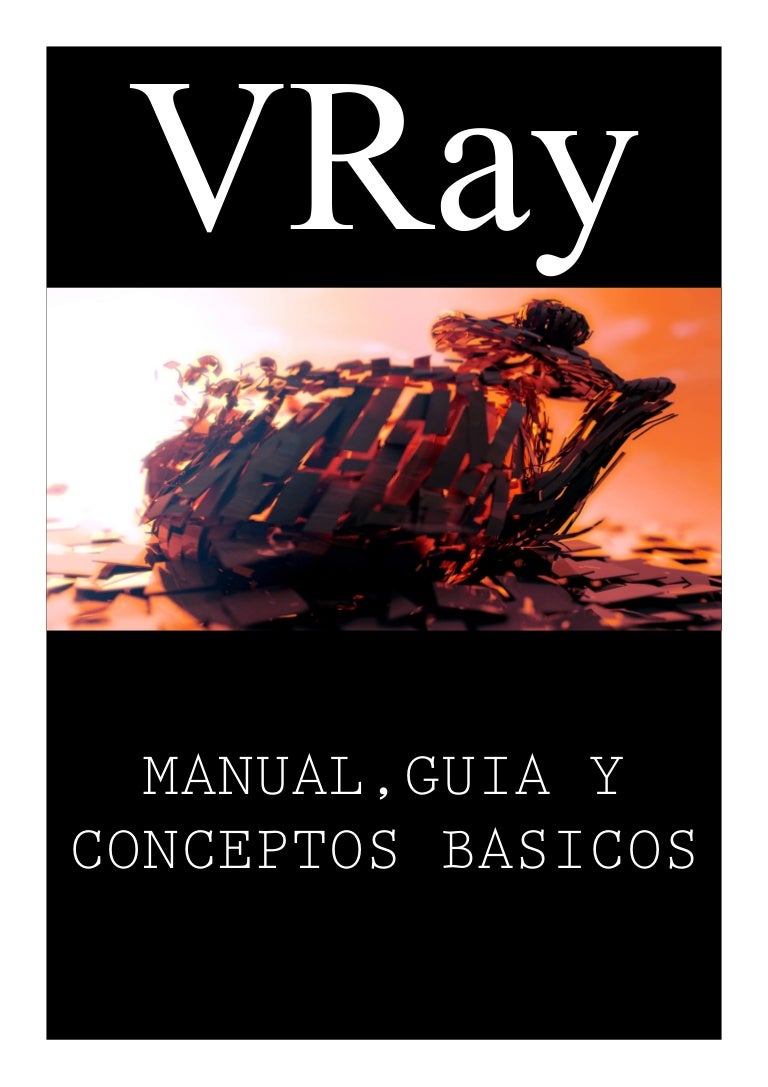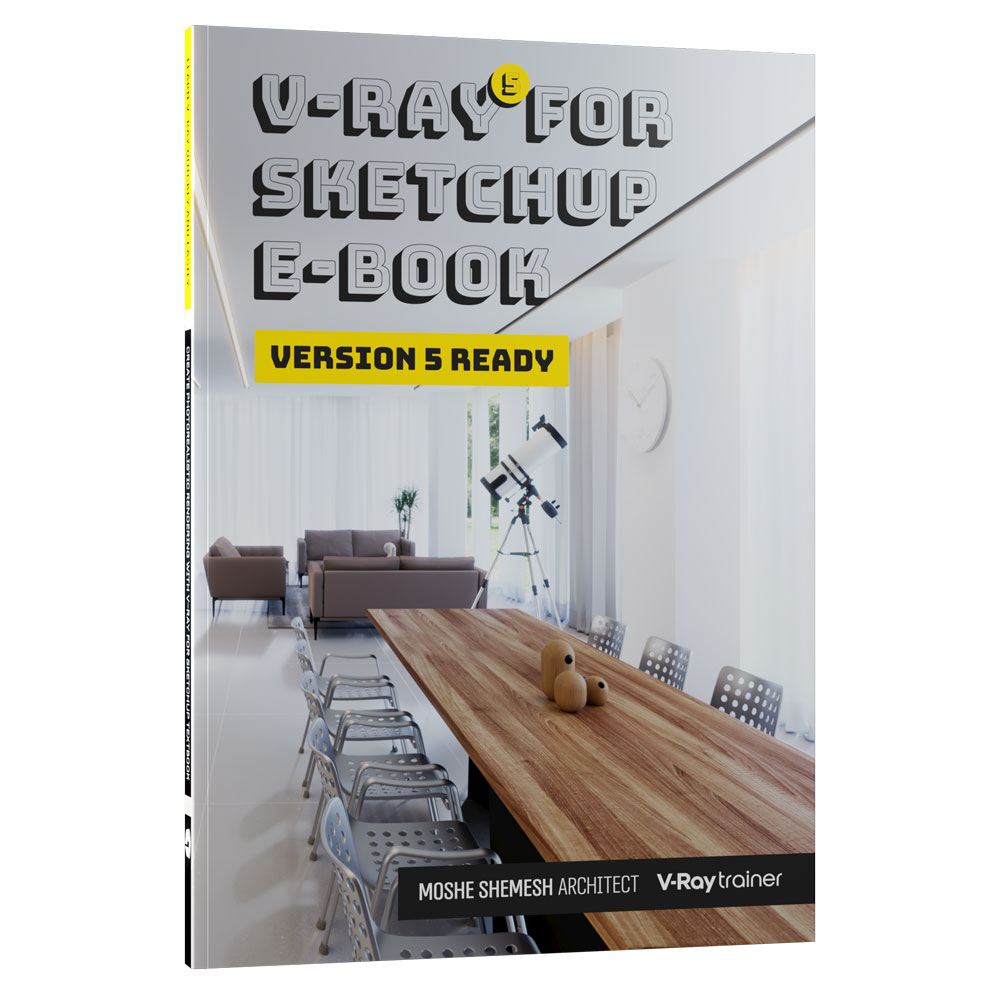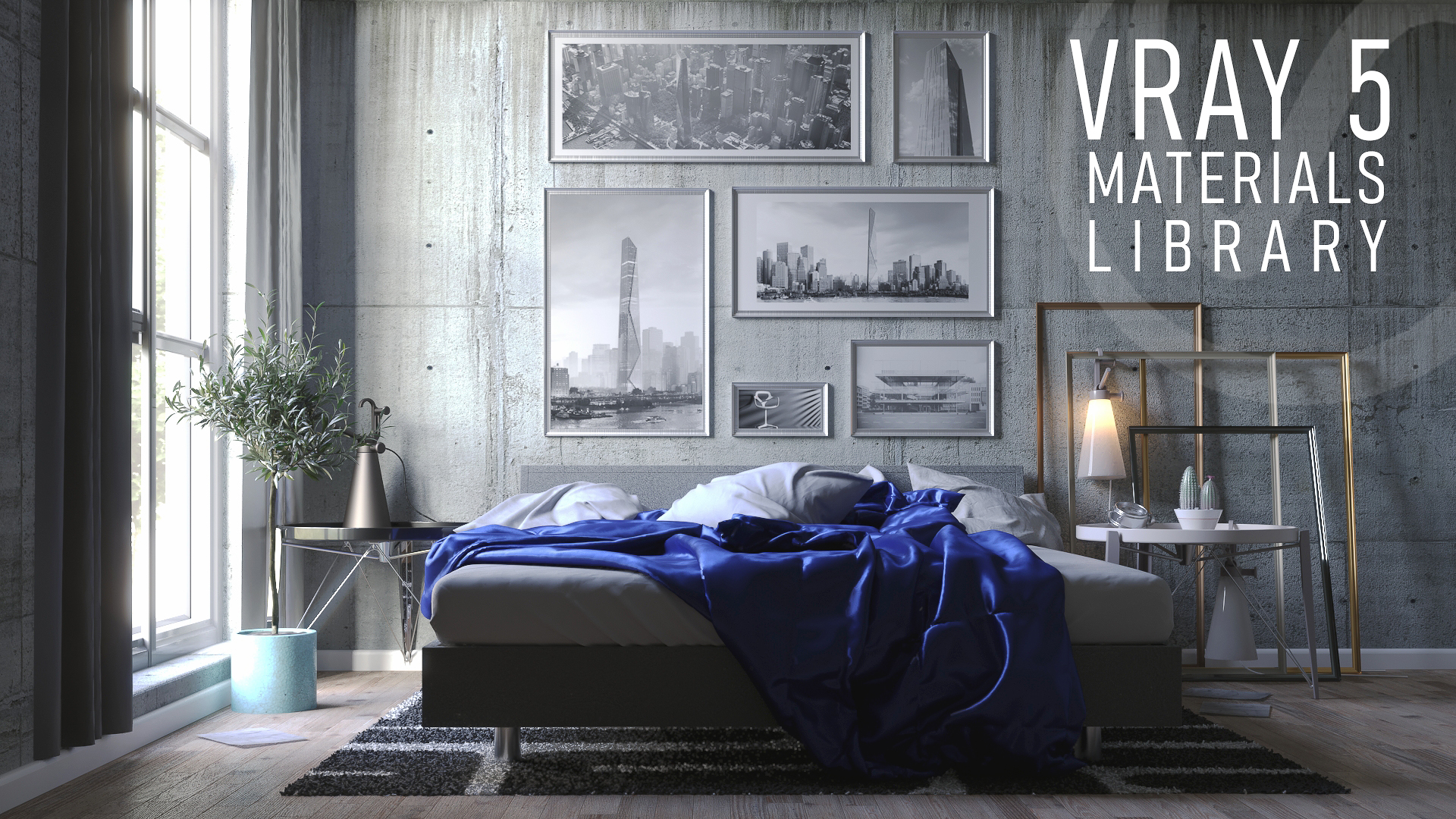

You can also affect the glossiness of the reflection, and changing the IOR affects the way that light bends as it passes through the object.
#Vray manual series#
This preset has a series of sliders that allow you to adjust refraction (how an object allows light to pass through), as well as the fog color (which adjusts the color the light takes on as it passes through). Note that this preset has a series of different options than the other materials because it actually allows light to pass through it. For the third material, apply a glass preset.It also has a very low diffuse color value (the actual color of the object), but a very high reflection value (which is the color of the light being reflected). Note that this material has a higher glossiness, and also a high IOR, or Index of Refraction, which describes the way that light bends along the surface. For the second material, apply a “Metal” preset to it.Run a quick render and you can note that this material reflects both the sunlight around it, as well as the other spheres next to it. Notice that if we drag the slider for the reflection glossiness, the material gives a more clear reflection. In this case, a paint material is somewhat reflective, and has a glossiness to it.

Notice that when we do this, our material preview changes to show the change to the settings we just made. To start off, let’s apply a preset of “Paint” to the first sphere within the quick settings of Vray. Notice that when I select a material with the SketchUp eyedropper, the material also gets selected within Vray. In this case, let’s apply some colors to these spheres within SketchUp, then play around with their settings to see what kind of results we can achieve.If there’s enough interest, I may create a video or even a series of videos talking about each one of these presets, so leave a comment below and let me know! There are a LOT of settings that you can adjust within Vray, and I’m not going to be able to get to all of them in this video. You can also click the right arrow button to access more in-depth settings for your materials. Next to your material list, there’s an option for quick settings – this is a quick area where you can apply different settings to your materials.

Let’s talk about adjusting our material settings first, then we can talk about using Vray’s built in materials to create our renderings. There’s two ways to do this – you can either adjust the settings of a SketchUp material, or you can apply a Vray material to your model.
#Vray manual how to#

In this video, learn the basics of applying qualities to materials in Vray for SketchUp to create photorealistic materials!ĭo you like these SketchUp tutorials and videos? GETTING STARTED WITH VRAY MATERIALS – Vray Rendering for SketchUp Tutorial


 0 kommentar(er)
0 kommentar(er)
